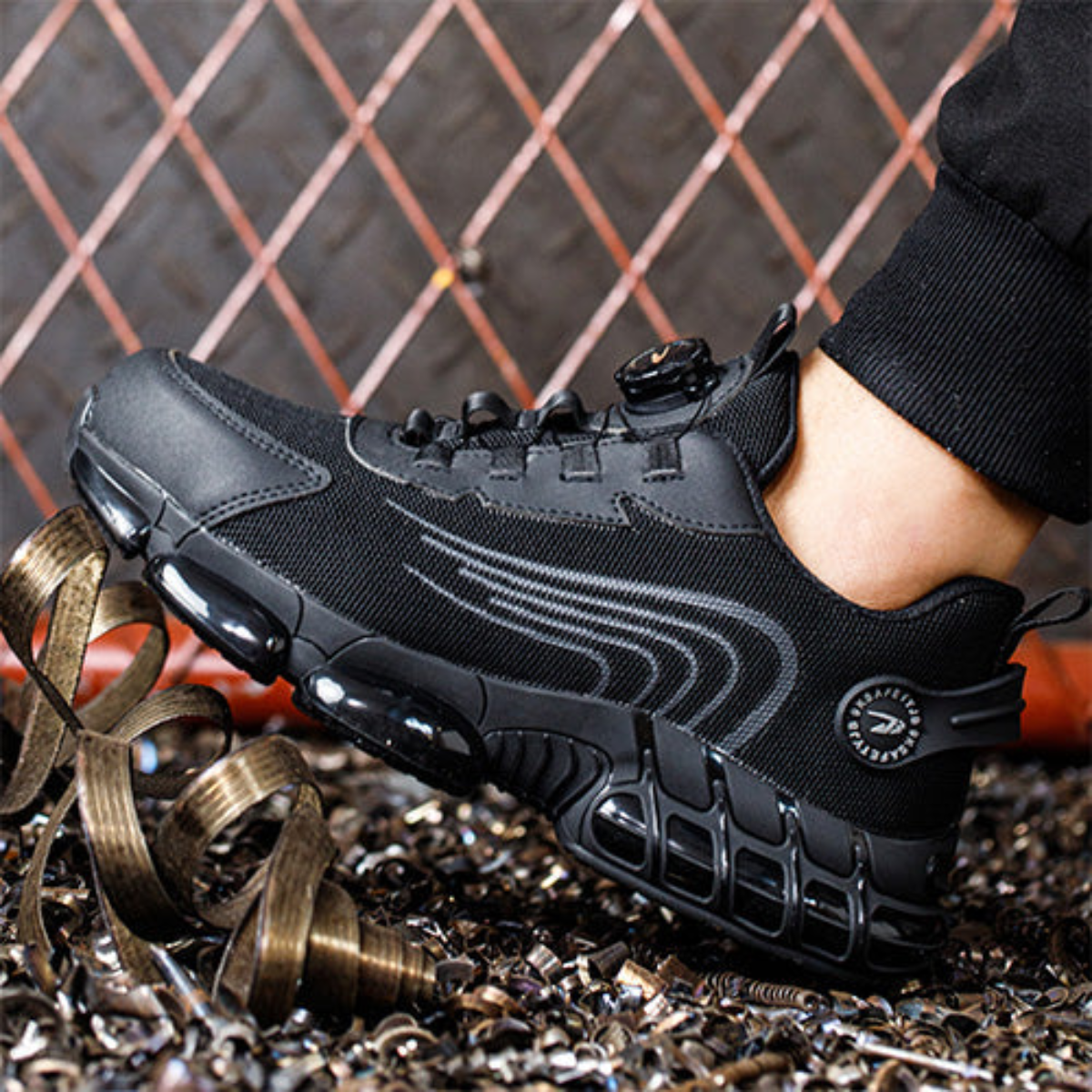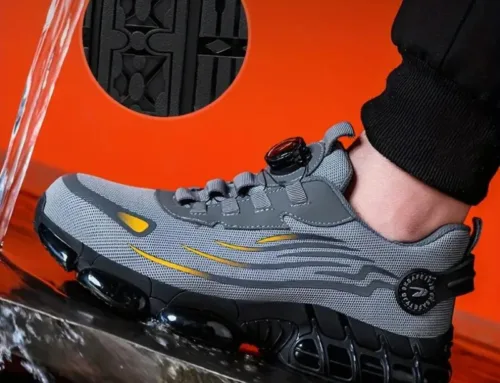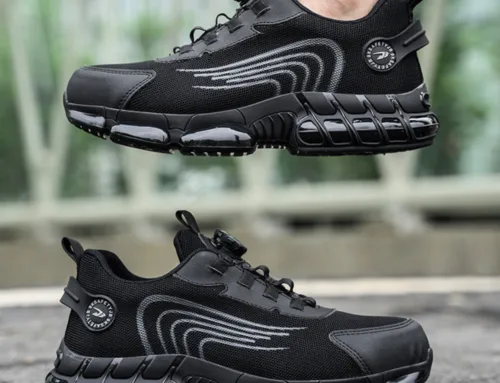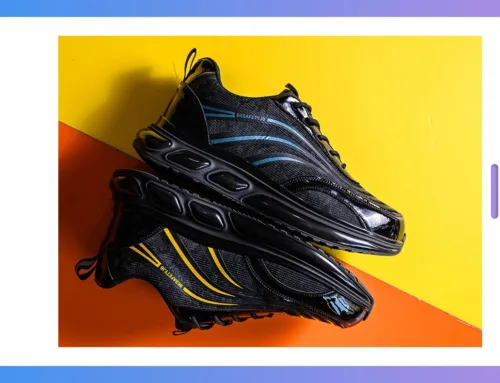What to Look For in Work Boots
Work boots are made for the strict demands of the job. The most important feature is Slip resistance. Slippery surfaces may cause falls and injuries. Choose work shoes with traction rubber outsoles that can grip diverse surfaces.
Arch Support: Proper arch support can reduce the strain of working for long periods on your feet.
The Ultimate Guide on How Work Boots Should Fit for Men’s
Work boots must fit comfortably and allow your feet to move freely as you walk. Incorrectly fitted boots limit the foot, causing discomfort, blisters and calluses, plantar fasciitis, and other problems. The process of finding the perfect fit is a combination of science and art. Measure your feet, and then try various styles to determine what is the most comfortable.
Most work shoes have caps protecting the Phalanges (your toes). This feature protects your feet from injuries like punctures or compression injuries. Specific boots come with anti-slip options, such as built-in flex points aligned with the regular bends of your feet to keep your feet from sliding.
Insoles and midsoles are essential in every work shoe since they cushion and absorb shock. Find boots with soft but comfortable substances like polyurethane or ethylene-vinyl acetate foam, which helps reduce the effects of working for long periods on your feet. This will help prevent pain and fatigue.
The upper part of work boots is typically constructed of solid materials like leather. This makes a comfortable fit that forms to fit the contours of your feet over time. Other common materials are nylon and a mix of synthetics and other substances to create a lightweight and waterproof structure. Work boots tend to be sewn together using Goodyear welting, a sturdy stitch designed to resist damage and wear.
The Ultimate Guide on How Work Boots Should Fit for Women’s
Choosing work shoes that fit correctly can help prevent back and foot discomfort from worsening over long periods. With accurate measurements, using a size chart will allow you to pick the appropriate footwear to fit your feet. No matter if you go with pull-ons or lace-ups, your shoes will be comfortable and offer the arch with cushioning and support for prolonged work hours.
The broadest section of your foot must accommodate the toe box without feeling tense or pulled. Also, the boot must have a sufficient volume that allows the feet to move naturally and quickly without rubbing or scratching. Most feet will increase in size with time, and having more room could help prevent foot pain.
You’ll need shoes that comply with a particular set of specifications based on your job and your work type. For instance, warehouse employees must ensure that their footwear can handle the rigors of forklifts. At the same time, electricians require shoes with non-conductive soles, and the toe caps made of composite won’t transmit electric current.
Walk across different surfaces wearing work boots to test their comfort and security at the work site. Comfortable traction and a good grip are essential to avoid injuries from uneven or slippery flooring.
Work boots go beyond simply footwear. They’re an essential piece of equipment to bridge the distance between the feet of your employees and the challenging work setting. In line with strict safety guidelines and adapting to changing expectations of industry standards, these sturdy boots have been woven into various sectors’ fabric. From bustling construction sites and the wild wilderness, Learn why these boots represent an ideal blend of craft and technology.
Steel toe caps are incorporated into the toe caps of work boots during the manufacturing process to meet specific safety standards mandated by global laws for compression and impact resistance. Other features that keep you safe include metatarsal protection, electrical hazard resistance, static dissipation, and antimicrobial treatment.
Remember that work boots weigh more than regular boots due to their safety attributes. If you’re buying a pair of light boots, ensure they’re enough that you can wear them for the entire day, and also have Flex points aligned with the natural curve of your foot. To prolong the life of your boots for work, frequently clean them with the help of a moist cloth to eliminate dirt and stain. Additionally, you can apply leather conditioners so that they remain smooth and soft. Also, think about investing in shoes that can be repaired and replaced whenever needed to increase the life of your shoes.





Leave A Comment